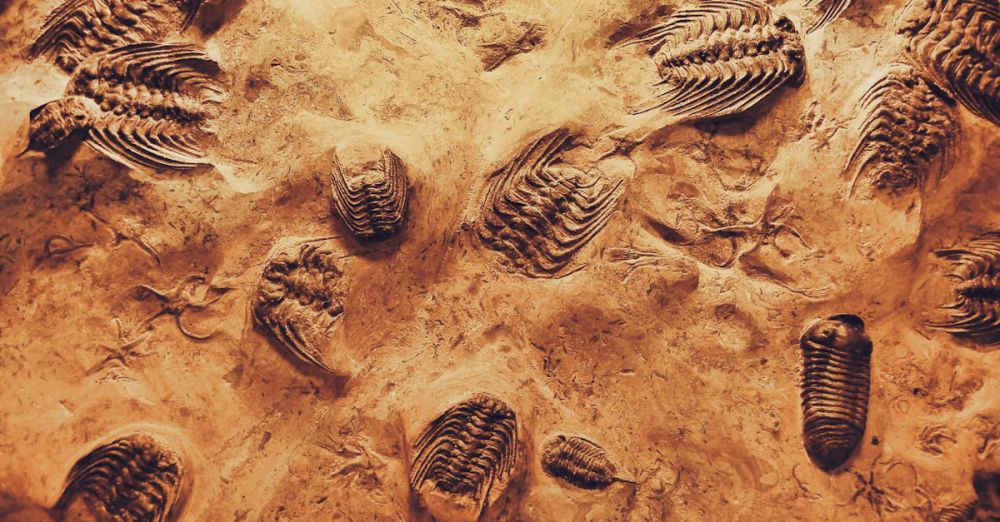How Do You Choose the Best Time to Visit a Historical Museum
Visiting a historical museum can be a captivating experience that transports you to another time and place. The artifacts, exhibits, and stories behind them offer a glimpse into the past, illuminating the complexities of human history. However, the timing of your visit can significantly impact your overall experience. Choosing the best time to visit a historical museum involves considering various factors, including crowd levels, special events, and personal preferences.
Peak vs. Off-Peak Times
One of the first considerations is whether to visit during peak or off-peak times. Museums often have busy periods, typically during weekends, holidays, and school vacations. During these times, you may encounter larger crowds, which can lead to longer wait times and a potentially less immersive experience. If you prefer a quieter atmosphere, aim for weekdays, particularly Tuesday through Thursday. Early mornings or late afternoons also tend to be less crowded.
Understanding the museum’s hours of operation can help you plan accordingly. Some museums offer extended hours on specific days or may have designated times when admission is free or discounted. These special hours can present an excellent opportunity to explore without the hustle and bustle of larger crowds.
Seasonal Considerations
The time of year can also influence your museum experience. In summer, many families embark on vacations, leading to increased attendance at popular destinations. Conversely, winter might see a drop in visitors, particularly in regions with harsh weather. However, this isn’t a universal rule; some museums host special winter events that draw crowds. Researching seasonal events at your chosen museum can help you select a time that aligns with your interests.
If you’re traveling to a particular city, consider the overall tourism patterns. Local events, festivals, or conventions can affect museum attendance. For example, visiting during a major city event may mean larger crowds not only at the museum but throughout the area, making it more challenging to navigate. Conversely, a quieter time in the city might enhance your museum experience, allowing you to explore both the exhibits and the surrounding attractions.
Special Exhibitions and Events
Many historical museums host temporary exhibitions, lectures, or workshops that can enrich your visit. If there’s a particular exhibit you’re excited about, check the museum’s calendar for opening dates and related events. Attending an opening night or a special lecture can provide unique insights and a deeper understanding of the subject matter. These events often attract experts and enthusiasts who can enhance your experience with their knowledge.
Additionally, some museums offer guided tours that coincide with special exhibits. Participating in these tours can provide a more comprehensive understanding of the artifacts and their historical context. If you’re keen on a particular topic or era, look for themed tours that align with your interests.
Personal Preferences and Accessibility
Consider your own preferences when planning your visit. If you thrive in bustling environments, visiting during peak times may be enjoyable for you. Conversely, if you prefer solitude and focus, aim for less busy hours. If you’re bringing children or individuals with mobility issues, consider how crowd levels and accessibility options might impact your visit. Some museums provide resources for visitors with disabilities, including accessible routes and guided assistance.
Weather can also play a role in your decision. If you’re visiting during a season known for inclement weather, you may want to plan your trip on a day when conditions are more favorable. Additionally, if you’re traveling from out of town, consider combining your museum visit with other nearby attractions to maximize your experience.
Timing Your Visit for Maximum Enjoyment
Choosing the best time to visit a historical museum involves more than just checking the calendar. By considering peak and off-peak times, seasonal influences, special events, and your personal preferences, you can curate a visit that’s enjoyable and enriching. Remember, the goal is not only to see the exhibits but to immerse yourself in the stories they tell. With a little planning, your museum experience can become a memorable journey through history.







